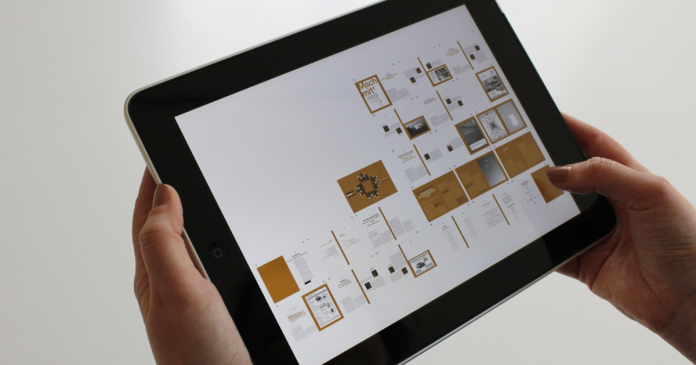A fire that consumes two times as brilliant consumes half as lengthy. That was my brief encounter with the Pixel Fold, which I had hoped would fulfill my hopes and dreams until the display died. It was beautiful, but I barely used it.
There was nothing I did to merit this. I occasionally stopped to poke the screen, take a screenshot, or open and close the phone while I wrote about it on my desk. It was never dropped or presented to a lot of coarseness, nor had it gone during that time of typical mileage that telephones are supposed to make due. Even though this was the lightest use of a phone, it still broke.
The adaptable OLED screen kicked the bucket following four days. The Pixel Fold’s bottom ten pixels went dark first, leaving a white line of pixels with no brightness across the bottom of the screen. Additionally, the foldable display’s entire left half stopped responding to touch, and an hour later, a white gradient began to ascend across the display.
These flexible OLEDs are constructed in the same manner by BOE, Samsung, and almost every other manufacturer of foldable displays. An “ultra thin glass” covering the OLED panel is thin and flexible enough to withstand folding, but not very long-lasting. A protective layer of plastic covers the entire display because the glass cannot withstand even the slightest scratch. This basically kills the firm, dangerous glass surface we are in general used to, however the inside glass layer gives a truly necessary construction to what might somehow be exceptionally soft plastic.
The OLED cannot survive without this plastic layer, which does not stretch to the edges. Every manufacturer of these displays leaves a space around the display’s perimeter where there is no plastic layer and only an OLED panel that is raw and exposed to the outside world. We would ordinarily expect a foldable to break along the wrinkle, where the screen sees the most pressure. However, this exposed OLED gap caused my death.
When I closed the display, the pressure of the other display side was sufficient to puncture the OLED panel because even the tiniest bit of something got in. It didn’t have any idea or feel anything while shutting the gadget, yet the showcase pixels began blowing a gasket. Subsequent to going over the gadget with an amplifying glass, I assume I found where the cut was.
Between the edge of the screen protector and the raised bezel that surrounds the phone, the OLED panel’s exposed strip is sandwiched. Therefore, that exposed OLED perimeter serves as a gutter for any debris that lands on the phone, even if you take care to wipe it off. Lint and other junk are easy to spot in the OLED death zone even as I look at the dead, flickering foldable now. That has all the earmarks of killed the telephone, as I can see a close minute scratch mark close where the presentation initially began having issues.
The Pixel Fold’s nearly flush bezels may be another issue. Usually, we talk about how wide a device’s bezels are, but here we’re talking about how high they are. Some foldables have bezels that are a little higher than others. As a result, even when the screen is closed, there is still a small gap between the two halves of the display to prevent small pieces of debris from being crushed there. Because the Pixel Fold’s bezels are almost flush with the screen protector, the two display halves almost touch when the phone is closed. Both sides of the display will become wet if you place a wet piece of paper in the Pixel Fold and close it. The display was destroyed when I closed the device with just a speck of something in the gutter.
The Oppo Find N2 and other models have taller bezels, allowing for more room between the displays when closed. The Pixel Fold has a bezel height of 0.3 mm, while the Find N2 has a bezel height of 0.8 mm, according to some quick measurements. For a plan like the Find N2, getting something inside the presentation of the Find N2 probably won’t kill it since there is a lot more leeway, while my Pixel Overlap show passed on from what felt like literally nothing.
Flexible OLED displays’ significant durability issues continue to be glossed over by manufacturers, who believe that if they simply release the devices onto the market, everything will work out. However, this has not been the case, and whenever you see a foldable phone for sale, you don’t have to look very far to find reports of displays that have failed. I’m certain we’ll see a few reports of broken Pixel Overlap once the unit raises a ruckus around town public. Corning may save us with an outside foldable glass cover, however up to that point, purchasing any foldable feels like a bet.
The scary part for customers of Google is that they will have to deal with the company’s notoriously unhelpful support team if their Pixel Fold breaks. On the /r/GooglePixel subreddit, horror stories abound in which users beg Google Support to improve, describing the company as “hilariously incompetent” and a “nightmare” to work with. Shipping normal glass smartphones is one thing; shipping these fragile foldables will put more strain on Google’s support team.
The Pixel Fold is otherwise a very nice device, so it’s a real shame that it has durability issues. A complete review will be available soon.


